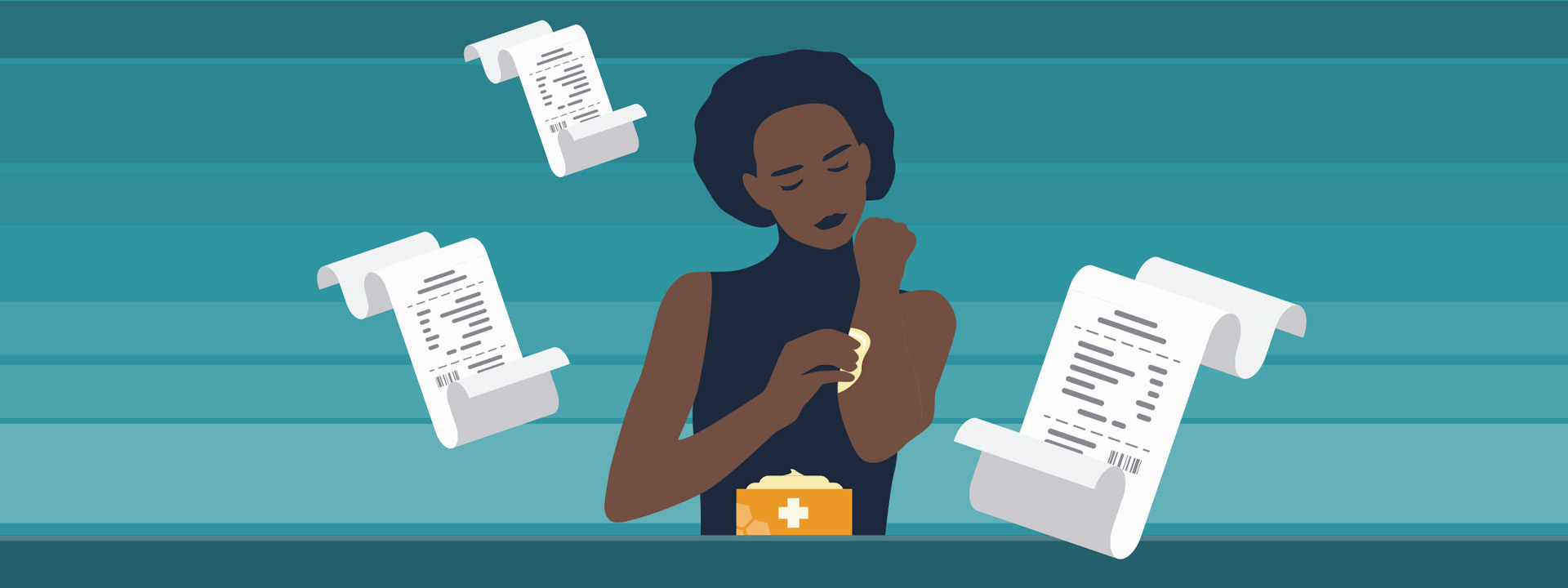The Inflation Reduction Act isn’t just about food and gas prices. Its provisions reform prescription drug pricing and impose big changes on healthcare. But these won’t take effect until 2023 or later. Meanwhile, technology will continue to improve affordability and medication adherence.
The Inflation Reduction Act of 2022 aims to soothe the sting of inflation on Americans from multiple angles, including a provision that authorizes the U.S. Department of Health & Human Services (HHS) to negotiate drug prices with manufacturers for the Medicare program.
But the provision doesn’t go into effect until 2026.
Other noteworthy provisions include:
- A cap on insulin costs under Medicare Part D and the elimination of deductibles for insulin under Part B (as of 2023).
- Rebates paid by manufacturers for certain Medicare drugs that outpace inflation (as of July 2023).
- A cap of $2,000 on out-of-pocket costs under Part D (as of 2025).
One goal of the Act is to make it easier for patients to afford (and adhere to) their medications, but the earliest its provisions take effect is 2023.
Others are years away.
In the meantime, Surescripts (and the broader healthcare industry) is working to increase medication affordability and adherence with solutions that deliver patient-specific cost and coverage information at the point of care.
The difference of being fully informed
A study in The American Journal of Medicine found that Real-Time Prescription Benefit made a real impact on patients’ ability to afford their medications.
When a large health system adopted the solution into its electronic health record (EHR) in 2019, the boost in affordability and adherence was virtually immediate.
- Researchers studied a sample size of 10,676 prescriptions that were sent electronically from April to September 2020. Roughly half (55%) were prescribed with Real-Time Prescription Benefit. The other half (45%) were not.
- For prescriptions informed by Real-Time Prescription Benefit, the fill rate was 8% higher and cancellation rate 5.5% lower. In other words, these patients picked up their prescriptions at the pharmacy because they could afford to.
This study’s authors were Shiven Bhardwaj, PharmD, of the University of Washington, Jessica W. Merrey, PharmD, of Johns Hopkins Hospital, Martin A. Bishop, PharmD, of OptumInsight, Hsin-Chieh Yeh, PhD, of Johns Hopkins University, and Jeremy A. Epstein, MD, of Johns Hopkins University.
Given the results, these authors concluded that “health policy efforts should be undertaken to promote the expansion of these tools.”
With accurate, up-to-date price and prior authorization information straight from the source—the patient’s prescription benefit plan—providers don’t need to prescribe without knowing whether their patients can afford it.
Our aim—like the aim of healthcare provisions in the Inflation Reduction Act—is to improve affordability and boost adherence, and our technology is enabling providers to do just that right now. Learn more about our innovative solutions.


 Dean Riggott Photography
Surescripts
Dean Riggott Photography
Surescripts





